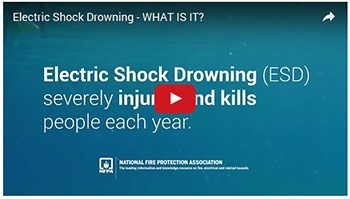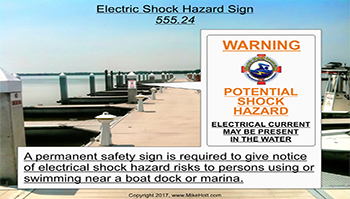Reply from: Bob July 1 2017, 8:30 am EDT
Randal, I agree with you but why not have ground fault warnings? Look, in cars we have have seat belt warnings but we do not stop the car from being driven.
Reply to Bob Reply from: David Rifkin July 1 2017, 2:33 pm EDT
No problem with the warnings. They are actually good but not as a green light for swimming. They are good to alert a dock owner there may be electrical problems at their dock. Having the warning device trip the power would be a good thing (just like a GFCI). But these devices are not engineered at that level of system integration.
And if you drive with the seat belt warning flashing in your face, you are accepting and incurring much greater risk. It's their call, not mine. Just like swimming around around electrified docks.
What if I were asked: How can you make it safer to run in an open field, during a lightning storm, carrying a metal pole over your head? Answer: you can do anything you desire to make you feel safer while doing a very dangerous and potentially lethal activity. Just think about the analogy...
David
Reply to David Rifkin | 



 Download Mike Holt's free PDF Article 555,
Download Mike Holt's free PDF Article 555,